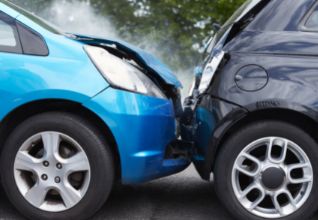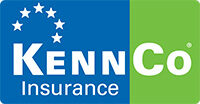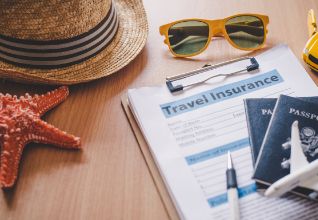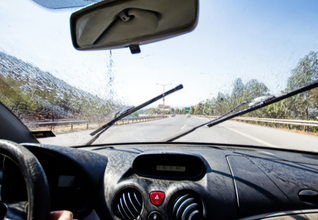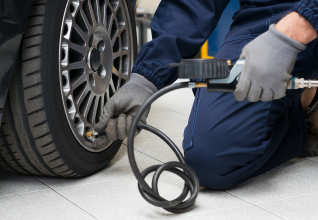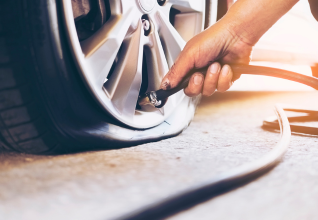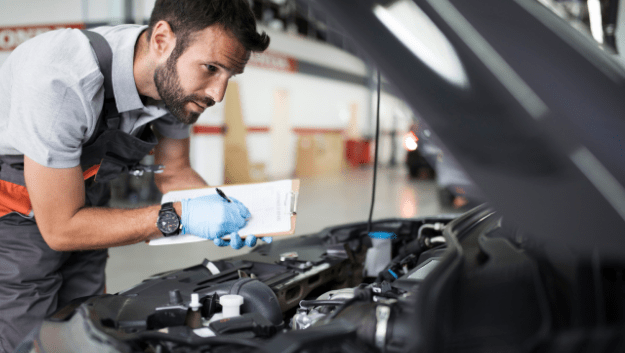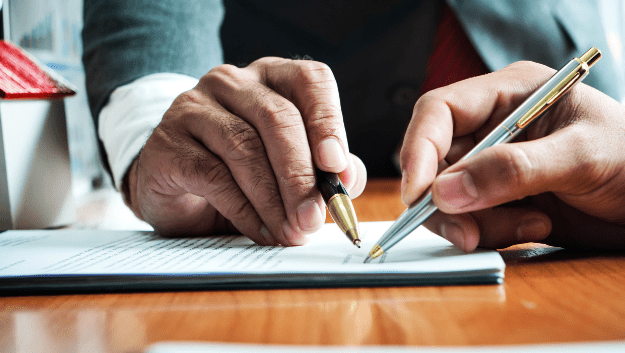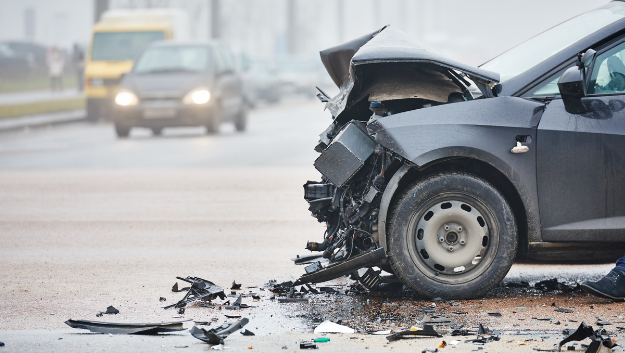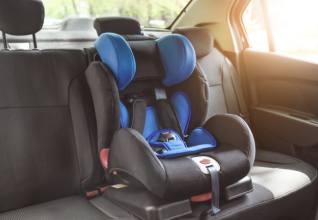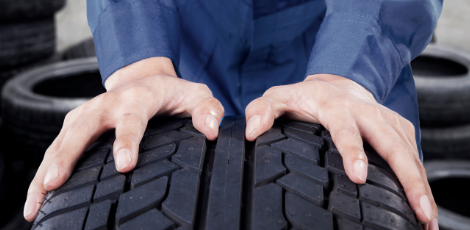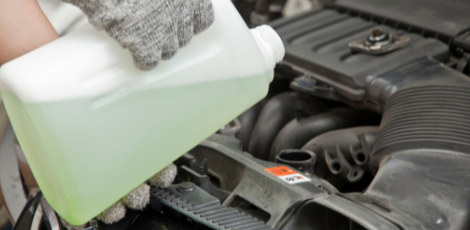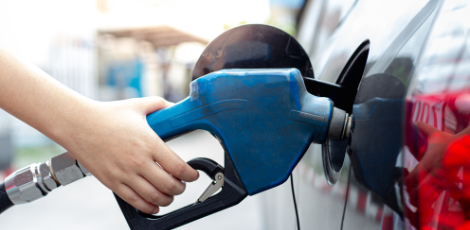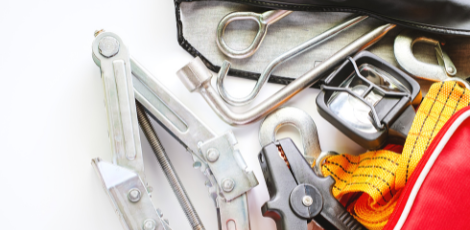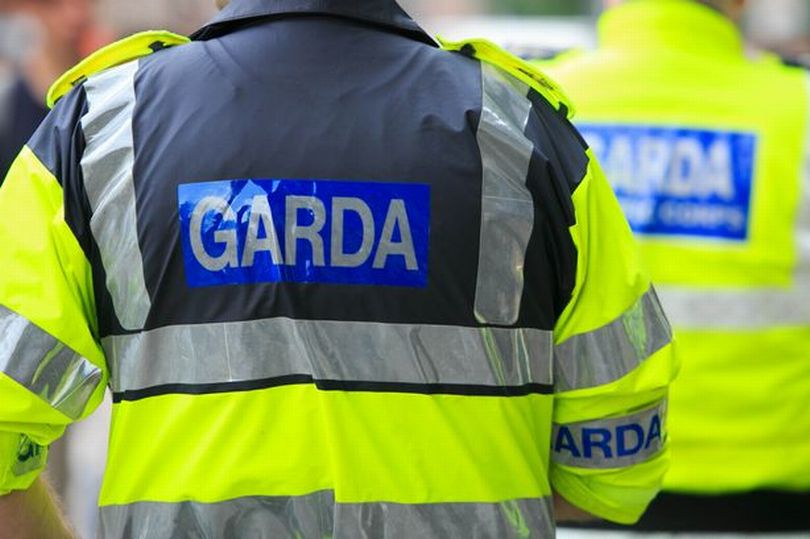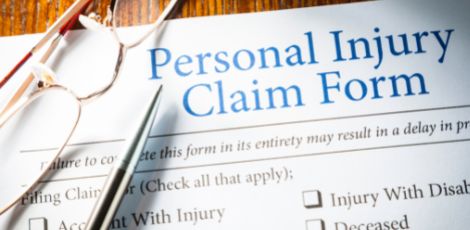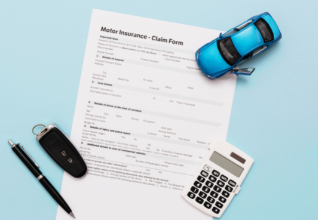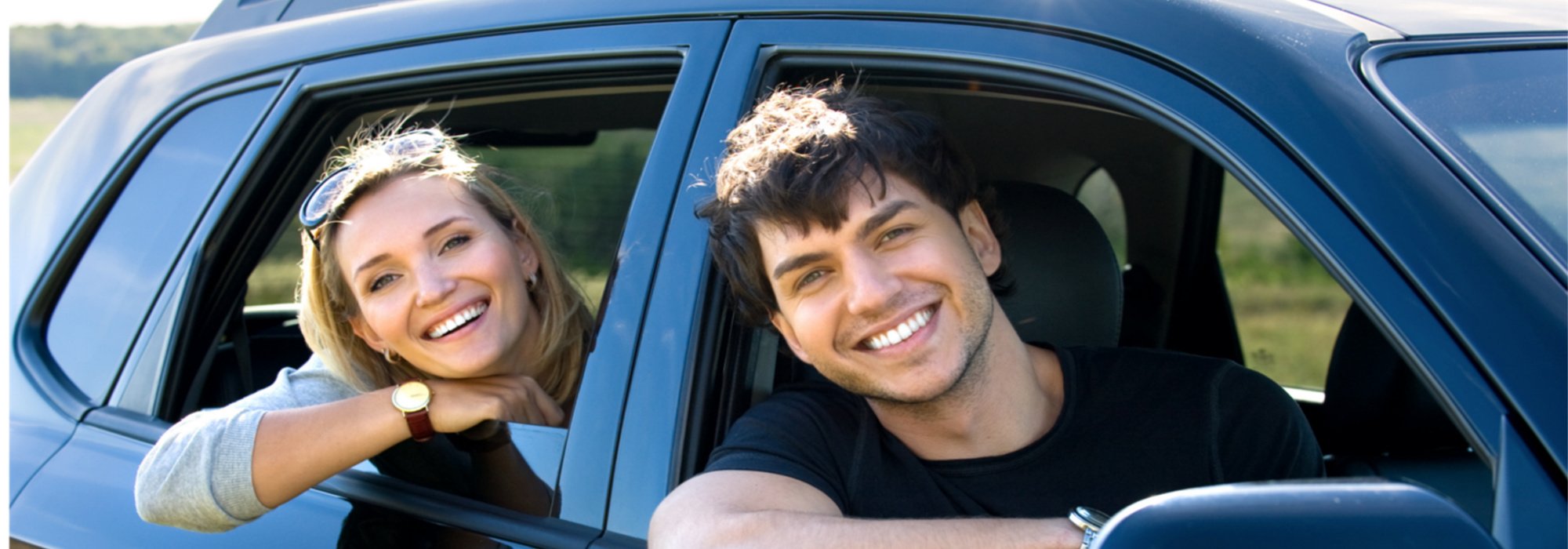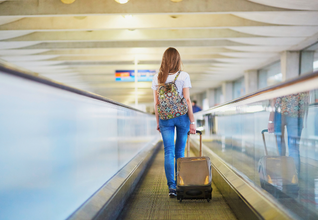Like any other country, driving in Ireland requires a valid driving licence. But what happens when that licence expires? This article will guide you through renewing your driving licence in Ireland, covering both online and in-person methods.
The Importance of a Valid Driving Licence
Legal Implications
Driving with an expired licence in Ireland is a legal offence. It can lead to fines. Penalty points on your licence, and in severe cases, disqualification from driving.
Safety Concerns
A valid licence ensures that you are competent and safe to be on the road. It’s not just about obeying the law; it’s about ensuring the safety of yourself and other road users.
The Process of Renewing Your Driving Licence in Ireland
Eligibility Criteria
To renew your driving licence in Ireland, you must be an Irish resident, and your licence must be due for renewal within the next three months. If your licence expired 10 years ago or more, you must complete a Driver Theory Test and then apply for a learner driver permit.
Required Documents

You will need your Public Services Card, proof of address, and a completed application form. You must also provide a loss statement if your licence has been lost or stolen. If you are not an EU or EEA citizen, you must prove that you normally reside in Ireland.
Steps to Renew Your Driving License
The renewal process involves filling out an application form, providing the necessary documents, and paying the renewal fee.
Online Renewal: NDLS Online Service

How to Use NDLS Online Service
The National Driver Licence Service (NDLS) offers an online service for licence renewal. You can complete the application form, upload your documents, and pay the fee from your home.
Renewing your driving licence online is a convenient option that saves you the time and effort of visiting an NDLS centre in person. Here’s a step-by-step guide on how to renew your driving licence online:
- Access to a Computer or Device: You will need a computer or device with internet access to renew your licence online. You can always ask a tech-savvy friend or family member to help you if you don’t have access.
- Public Services Card and MyGovID: You need a Public Services Card and a verified MyGovID to renew your licence online. The Public Services Card verifies your identity, while MyGovID provides secure access to online public services.
- Proof of Address: If your current address differs from the one you provided when you applied for your Public Services Card, you must provide proof of your address dated within the last six months. This could be a utility bill, bank statement, or any official document showing your name and address.
- Proof of Residency: If your place of birth and nationality are outside the EU/EEA, you must prove that you are ordinarily resident in Ireland. This could be a work permit, visa, or any official document that shows you live in Ireland.
- Medical Report Form: In some cases, you may need to provide a fully completed medical report form dated within one month. This is typically required if you have a specific disability or condition or are applying for certain driving licence categories.
- Application Fee: The fee for renewing your driving licence is €55.00. This can be paid by credit or debit card during the online application process.
Once you have all the necessary documents and information, you can proceed with the online renewal process on the NDLS website. Follow the instructions, fill out the application form, upload your documents, and pay the fee. After submitting your application, you will receive a confirmation, and your renewed licence will be sent to you by post.
Benefits of Online Renewal
Online renewal is convenient, fast, and secure. It saves you the time and effort of visiting an NDLS centre in person.
In-Person Renewal: Visiting an NDLS Centre
How to Book an Appointment
You can book an appointment at your local NDLS centre if you prefer to renew your licence in person. Appointments can be booked online through the NDLS website.
What to Expect at the NDLS Centre
At the NDLS centre, you must present your documents, have your photo taken, and pay the renewal fee. The process is straightforward, and staff are on hand to assist.
Licence Duration and Fees
Duration of Licence Based on Age and Vehicle Type
The duration of your licence can vary based on your age and the type of vehicle you drive. For example, if you are under 65 and drive a car or motorcycle, you can get a licence for up to 10 years. If you drive a bus or truck, the maximum licence duration is 5 years.
Licence Renewal Fees
The standard fee for renewing a driving licence in Ireland is €65. However, if you are aged 70 or over, you can renew your driving licence for free. Although you may be required to under vision or medical examinations which you will need to pay for yourself.
Current Driving Licence Fees
| Service | Fee (€) |
|---|---|
| 10-year driving licence | 65 |
| 5-year bus or truck driving licence | 65 |
| 3-year driving licence | 35 |
| 1-year driving licence (medical grounds) | No fee |
| Adding or removing a category | 35 |
| Replacement or duplicate licence | 35 |
| Exchange of foreign licence | 65 |
| Renewal for drivers aged 70 and over | No fee |
| Updating personal details | No fee |
| Renewal for drivers aged 70 and over | No fee |
| Updating personal details | No fee |
Current Learner Permit Fees
| Service | Fee (€) |
|---|---|
| New learner permit and renewal applications | 45 |
| Category added or removed | 35 |
| One-year licence (medical grounds) | No fee |
| Replacement or duplicate licence | 35 |
| Renewal for drivers aged 70 and over | No fee |
| Updating personal details on learner permit | No fee |
Source: NDLS Website
Updating Personal Details on Your Licence
If your personal details change, such as your name or address, you can update these details on your driving licence. This can be done online or in person at an NDLS centre.
Adding a New Category to Your Licence
If you wish to drive a different type of vehicle, you can add a new category to your licence. This can also be done online or in person at an NDLS centre.
What to Do If You Lose Your Driving Licence
Losing your driving licence can be a stressful experience, but don’t worry. The process to replace it is straightforward. Here’s a step-by-step guide on what to do if you lose your driving licence in Ireland:
- Report the Loss: The first thing you should do if you lose your driving licence is to report the loss to the Gardaí. This is important to prevent any potential misuse of your lost licence.
- Gather Necessary Documents: You must provide certain documents to replace your lost licence. These include your Public Services Card, proof of address, and a completed application form. If your current address differs from the one you provided when you applied for your Public Services Card, you must provide proof of your address dated within the last six months.
- Complete a Statement of Loss: You will also need to complete a statement of loss, which is a declaration that your licence has been lost, stolen, or damaged. This statement is part of the application form for a replacement licence.
- Apply for a Replacement Licence: You can apply for a replacement licence online through the NDLS website or in person at an NDLS centre. If you choose to apply online, you will need a verified MyGovID. If you apply in person, you must book an appointment at your local NDLS centre.
- Pay the Replacement Fee: The fee for a replacement driving licence is €35.00. This can be paid by credit or debit card if you are applying online or by card or cash if you apply in person at an NDLS centre.
- Receive Your Replacement Licence: After you have submitted your application and paid the fee, your replacement licence will be sent to you by post. Please note that your replacement licence can take up to 8 working days to arrive.
Remember, keeping your driving licence safe and secure is essential. If you lose your licence, act quickly to report the loss and apply for a replacement to ensure you can continue driving legally and safely.
Driver Number Requirement
Starting March 31, 2025, all motor insurance policies in Ireland will require the inclusion of driver numbers for each driver listed on the policy. The driver number is a unique nine-digit identifier found on your driving licence, specifically in field 4d on the plastic card.
Key Takeaways
Renewing your driving licence in Ireland is a straightforward process, whether you choose to do it online or in person. It’s crucial to keep your licence up to date, not only to stay on the right side of the law but also to ensure your safety and the safety of others on the road.
Driving License Renewal
FAQs
Looking to Save On Your Car Insurance?
At KennCo, our car insurance cover offers competitive rates and valuable benefits, including a replacement car as standard. Get peace of mind knowing you’re fully covered.
Get a Secure Quote Today